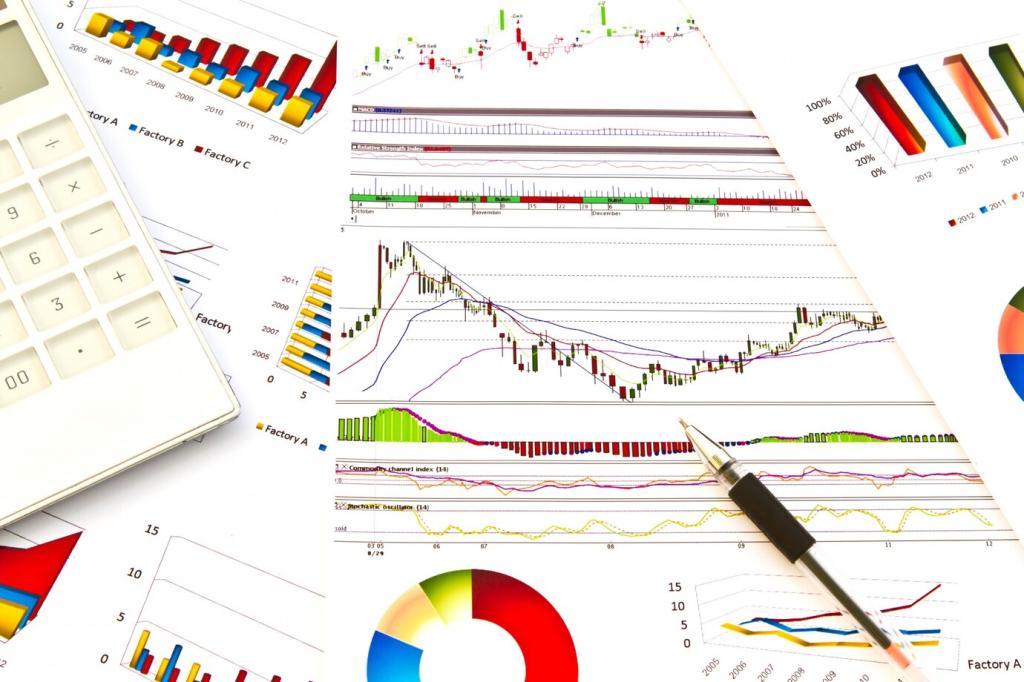Productivity and Innovation: Doing More with Less
Labor productivity captures output per hour, while total factor productivity reflects efficiency beyond labor and capital. Small gains compound massively. Which sector near you became more efficient this year? Tell us what changed.
Productivity and Innovation: Doing More with Less
High R&D spending and patenting matter only if ideas spread. Diffusion across firms and regions turns invention into growth. Comment with a technology your workplace embraced and how it reshaped output or quality.
Productivity and Innovation: Doing More with Less
A bakery switched to digital inventory and reduced waste by double digits, freeing cash for training. Data systems often lift productivity fastest at small scale. Subscribe for case studies you can adapt tomorrow.
Productivity and Innovation: Doing More with Less
Lorem ipsum dolor sit amet, consectetur adipiscing elit. Ut elit tellus, luctus nec ullamcorper mattis, pulvinar dapibus leo.






